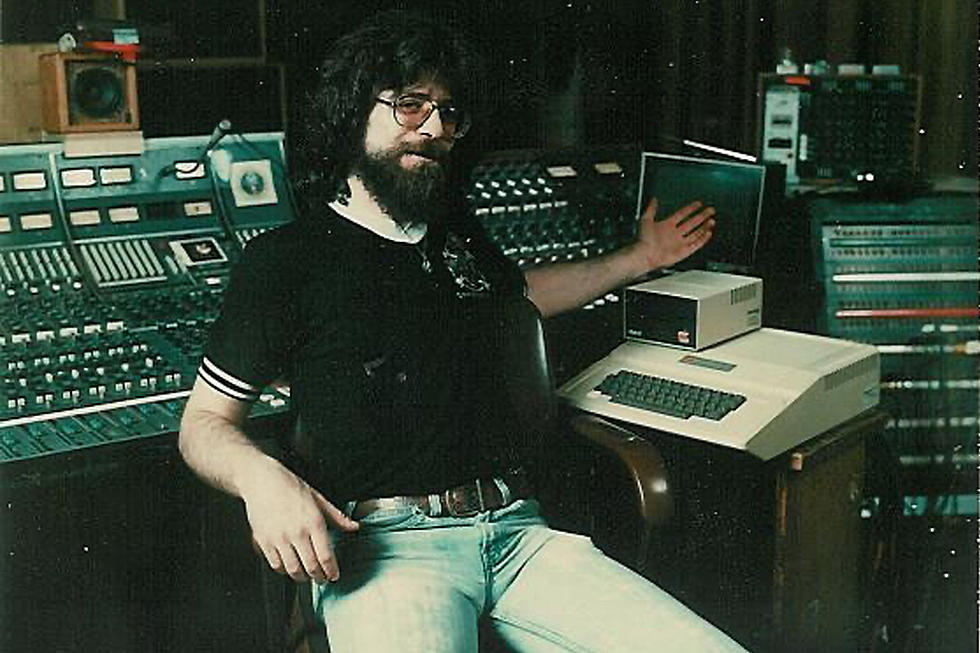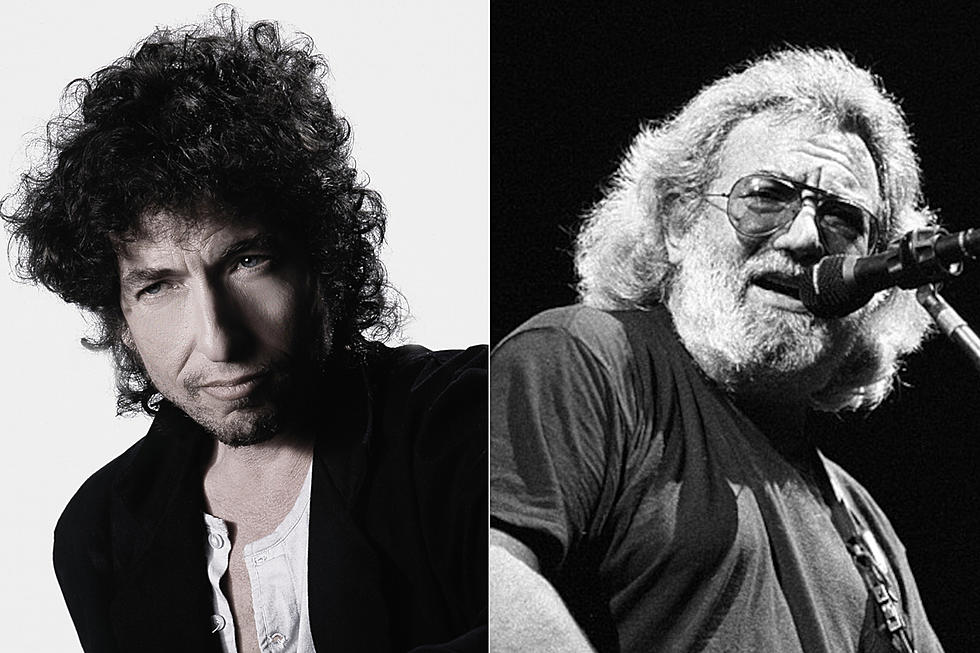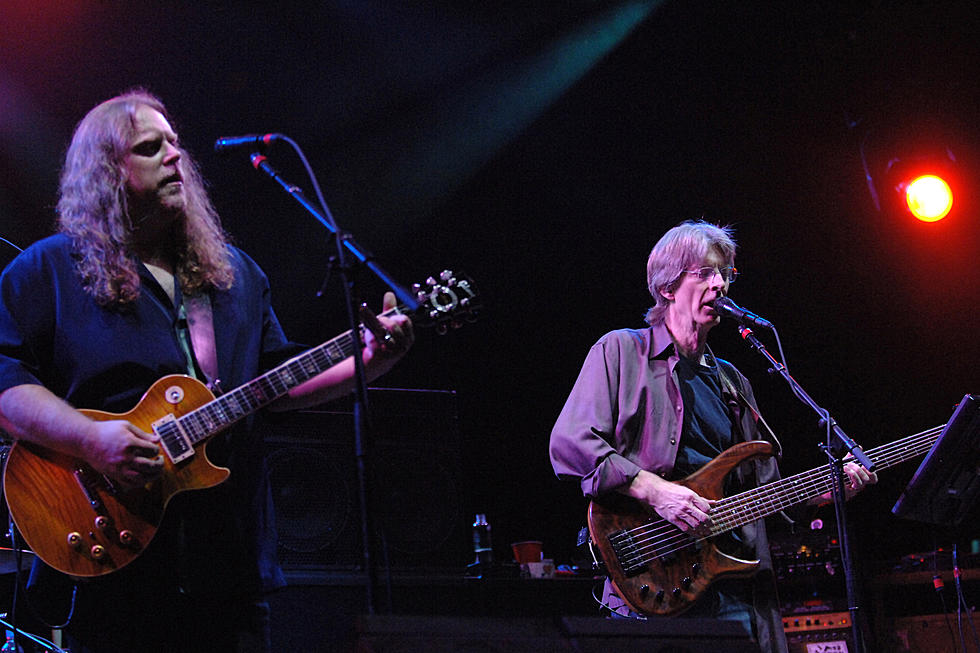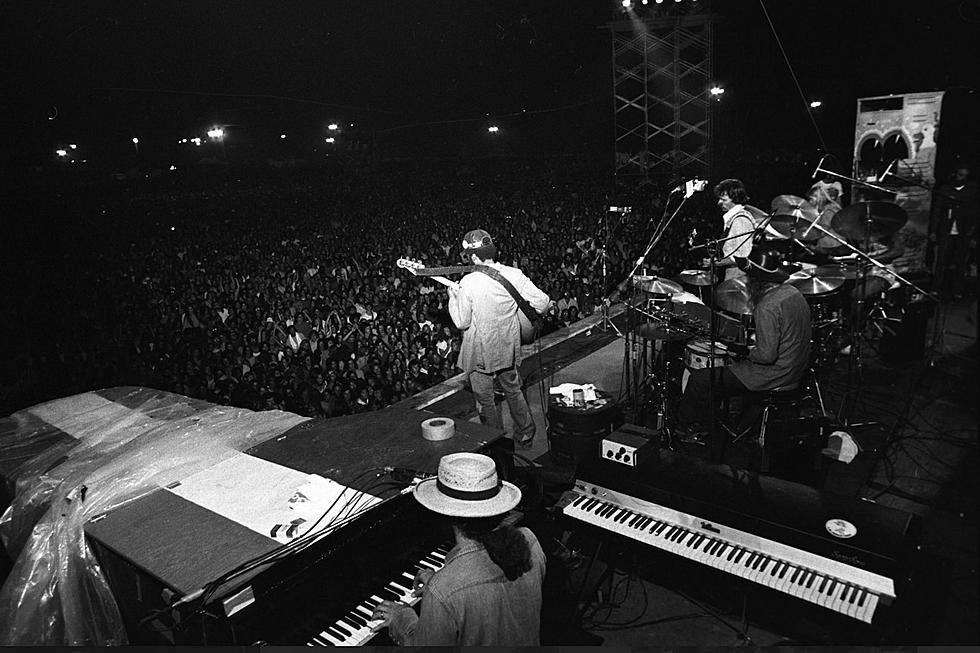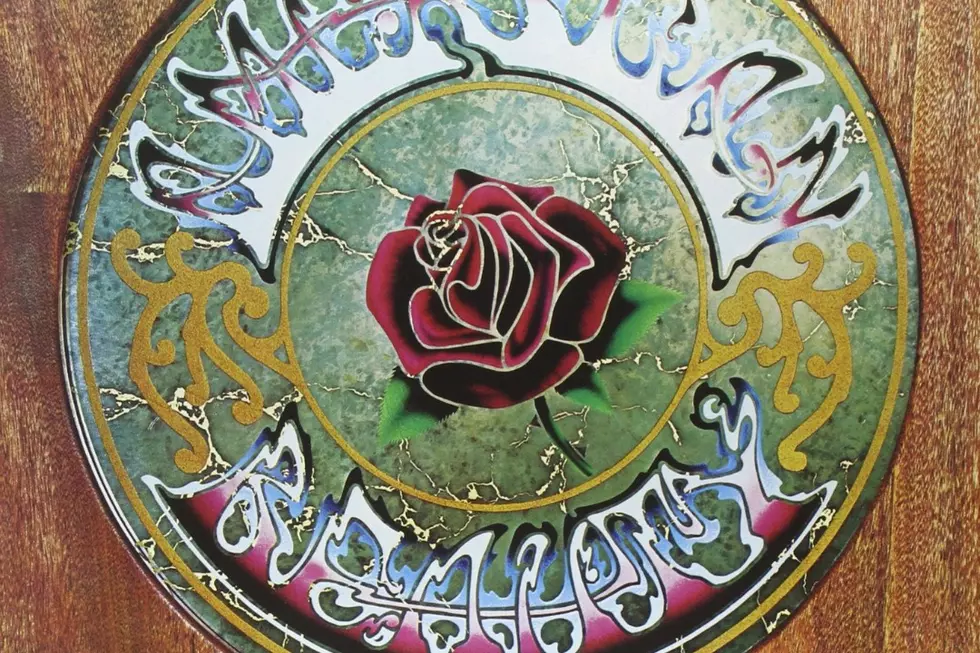
How the Grateful Dead Rose Above Hard Times on ‘American Beauty’
Five albums into what was shaping up to be a commercially challenged — and progressively more debt-ridden — career, the Grateful Dead finally hit paydirt with 1970's Workingman's Dead, which gave them the first Top 40 record of their career. Less than six months later, they were back with another LP — and another hit.
American Beauty arrived Nov. 1, 1970, roughly five months after its predecessor — and like Workingman's Dead, it found the band working quickly, adopting a far more cost-effective studio process than the laborious trek that had made 1969's Aoxomoxoa such a costly recording.
The group congregated at Wally Heider Studios in San Francisco in late August, enlisting engineer Stephen Barncard to helm the sessions in the absence of producer Bob Matthews, who was — along with a substantial portion of the Dead's hangers-on — on the road with the Medicine Ball Caravan tour.
"I hadn’t heard Workingman's Dead, and I wasn’t a Deadhead, really," Barncard later admitted. "What was unique about working on American Beauty, and what sets that apart from any of their others, is that all their support people, bless them, were off somewhere else. It was just me and the band. And I think that’s one thing that helped make it what it was. There was no Bob and Betty, there was no Healy or Bear. I’m not saying that these people didn’t contribute greatly to the Dead legacy overall, and they’re all past and present friends of mine, but it’s one thing to look at as why this record is so different. Technically, there was one point of view — mine — not a conflagration of opinions. ... We got the tracks in a couple of weeks; we did the vocals in two more."
As they had with Workingman's Dead, the band took a more song-focused approach with American Beauty than they had on previous outings, turning in a relatively concise track listing consisting of 10 songs whose longest cut, "Candyman," clocked in at a brief-by-Dead-standards 6:14.
Beauty also continued into the Americana vein they'd tapped with Workingman's Dead, with mandolinist David Grisman contributing to a pair of tracks, and further explored the layered vocal sound they'd debuted on that album.
Listen to the Grateful Dead Perform 'Friend of the Devil'
The fact that their new sound was far more commercial wasn't lost on the group. "For me," once quipped guitarist and vocalist Jerry Garcia, "it was one of those things where I didn’t want to spend the rest of my life making records that are too f–ing weird for anybody to listen to."
Financial considerations were unavoidable at this stage of the Dead's career — particularly after their manager Lenny Hart, drummer Mickey Hart's father, absconded with a substantial chunk of their assets. But the changes they made during the Workingman's Dead and American Beauty period were also an organic byproduct of their surroundings (for example, their friendship with Crosby Stills and Nash) and their ongoing musical development.
"There’s kind of a dual identity happening, you know what I mean? What we tried to do with the first bunch of records is to successfully transfer, you know, the live Grateful Dead sound to a record in the studio, but it never worked," Garcia told KPPC-FM in a 1970 interview.
"So, we tried making records in the studio and that didn’t work real good either," interjected guitarist Bob Weir.
"Right," nodded Garcia. "So, then we decide, 'Well, why don’t we do something that we can do in the studio and make it work?' And that’s what worked."
And it did work. If anything, the blend the Grateful Dead stirred up for American Beauty proved even more potent than it had with Workingman's Dead, producing a handful of songs (including "Box of Rain," "Sugar Magnolia," "Friend of the Devil," and the hit singles "Truckin'" and "Ripple") that stood among the band's finest. Befitting the record's sweetly ragged aesthetic, they even swapped instruments on "Box of Rain," with bassist Phil Lesh jumping to acoustic guitar while Garcia played piano.
Listen to the Grateful Dead Perform 'Ripple'
As much harmony as they found while playing together, however, it proved hard to come by once the music stopped. The Grateful Dead struggled through a variety of personal issues during the making of American Beauty, including Mickey Hart's marked withdrawal following his father's malfeasance.
Estranged from the band, he retreated to his home and started what turned into a four-year hiatus. Hart played on the album, but his presence was greatly reduced.
"The road was hard for me," Hart told David Browne in So Many Roads: The Life and Times of the Grateful Dead. "It was getting really difficult with all the drugs and stuff. I did everything everyone was doing. I didn’t go off the deep end, but I tried everything."
Hard as things were for Hart, he was far from alone with his troubles. "Every bad thing that could happen while we were recording happened. It was just one diabolical bummer after another," Garcia said immediately prior to American Beauty's release. "Phil’s father died of cancer. My mother died in an automobile accident. One of Mickey’s old lady’s kids was killed on a bicycle. It was just like there was death happening, cascades of weird s– falling down around our ears."
Yet, out of all that turmoil, the Grateful Dead produced what's commonly held up as one of their finest records — half of a two-album salvo that took a band known for its live performances and distilled the best and brightest aspects of their capabilities as a studio unit. Once again, the band had a Top 30 hit on its hands, and cemented a period of chart success that continued, off and on, for the rest of the group's career. They'd release bigger hits and wander further musically afield, but American Beauty has always remained a highlight of the Grateful Dead discography.
"So, there we were in the studio, creating this thing, pullin’ together, and because we managed to get off under those circumstances the music has a certain quality," Garcia mused. "It has some of the first things I’ve written, and that we’ve performed as a band, that in my opinion are genuinely beautiful."
Top 25 Psychedelic Rock Albums
A Grateful Dead Member Is Part of Rock's Tragic '27 Club'
More From Ultimate Classic Rock

